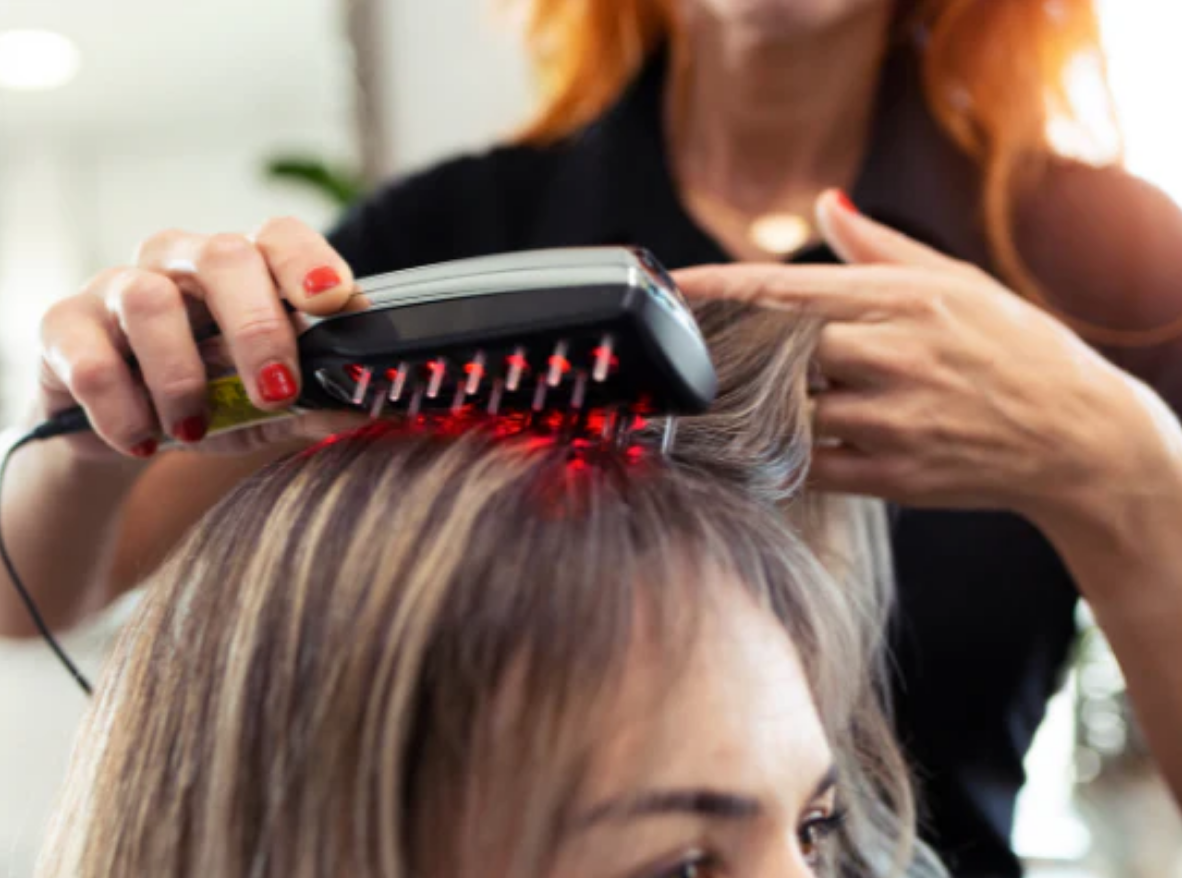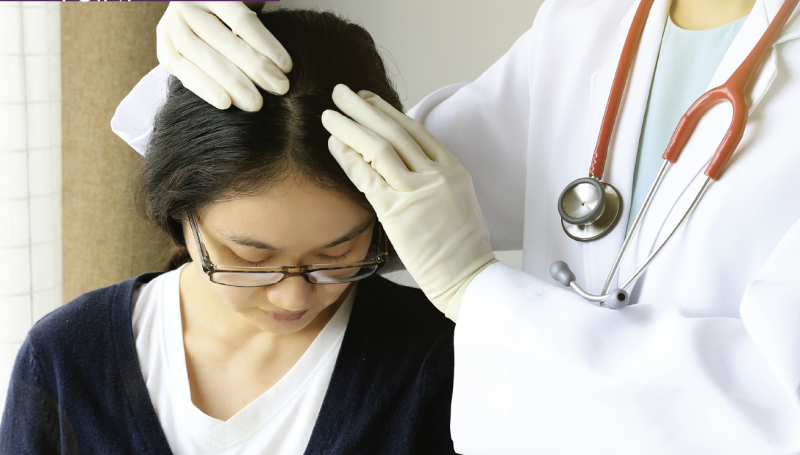Medical hair loss conditions have a variety of etiologies such as nonscarring alopecias, scarring alopecias, and more.
Our hair is a vital part of our identity for many of us. It frames our face, reflects our personality, and can significantly affect our confidence. But as we age, hair can become thinner, weaker, and more prone to loss. This can be a worrying and frustrating experience.
Why do we lose hair?
A key factor contributing to hair loss with age is a decline in scalp circulation, which diminishes the supply of nutrients and oxygen to hair follicles. This can hinder the follicle’s ability to produce healthy hair, ultimately resulting in thinning and loss.
Hair loss can also be influenced by hormonal changes, genetics, and even stress. That’s why understanding the root cause of your hair loss is crucial for finding the most effective treatment approach.
Traditionally, hair loss treatments have focused on medications like minoxidil or finasteride, or surgical procedures like hair transplants. While these options can be effective, they may not be suitable for everyone.
Thankfully, the world of beauty and wellness is constantly evolving, offering new, innovative, and non-invasive solutions to combat hair loss. One such possibility gaining traction in recent years is red light therapy.
But, does red light therapy work for hair loss, and is it the right solution for you?
Let’s delve deeper into this technology and explore what this treatment offers.
Understanding Red Light Therapy
Red light therapy, also known as low-level laser therapy (LLLT), uses specific wavelengths of red light (around 650 nanometers) to deliver low-energy photons to targeted areas of the body.
In the context of hair loss, this could help by:
- Enhancing Cellular Activity: Red light exposure can stimulate mitochondria. This increased activity leads to improved energy production and overall cell function.
- Promoting Blood Flow: it improves blood circulation, which is vital for delivering essential nutrients and oxygen to hair follicles.
- Reducing Inflammation: Chronic inflammation can contribute to hair loss. Their anti-inflammatory properties may help create a more favorable environment for hair growth.
As a result, individuals may experience increased hair density.
Does Red Light Therapy Work for Everyone?
The research on red light therapy for hair loss is encouraging, but it’s important to manage expectations. Studies suggest it might be most effective for certain types of hair loss, particularly androgenetic alopecia.
Additionally, individual results can vary. Some people might experience significant hair regrowth, while others might see a slowing down of hair loss or a general improvement in hair health. Factors like the cause of hair loss, treatment consistency, and the specific device used can all influence outcomes.



